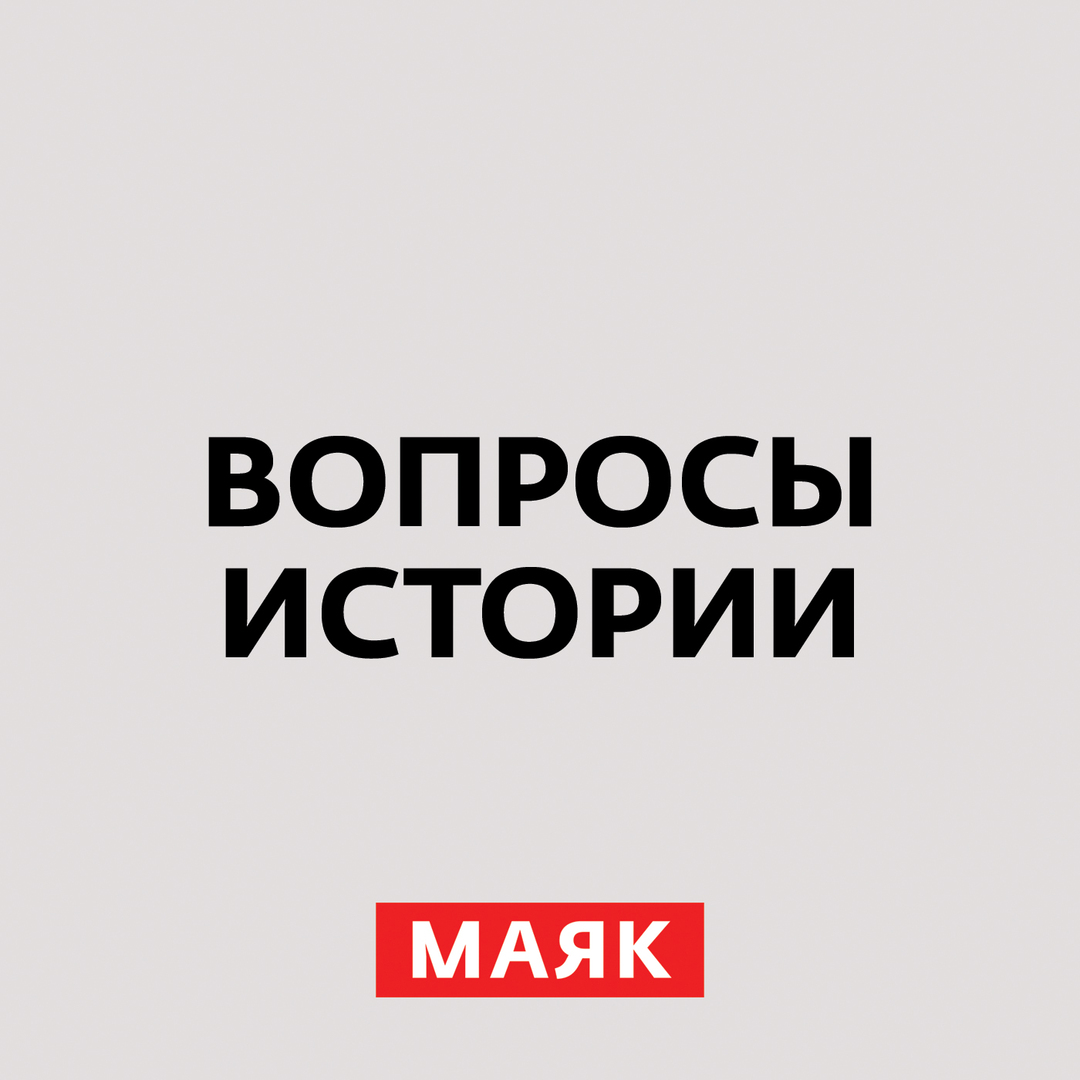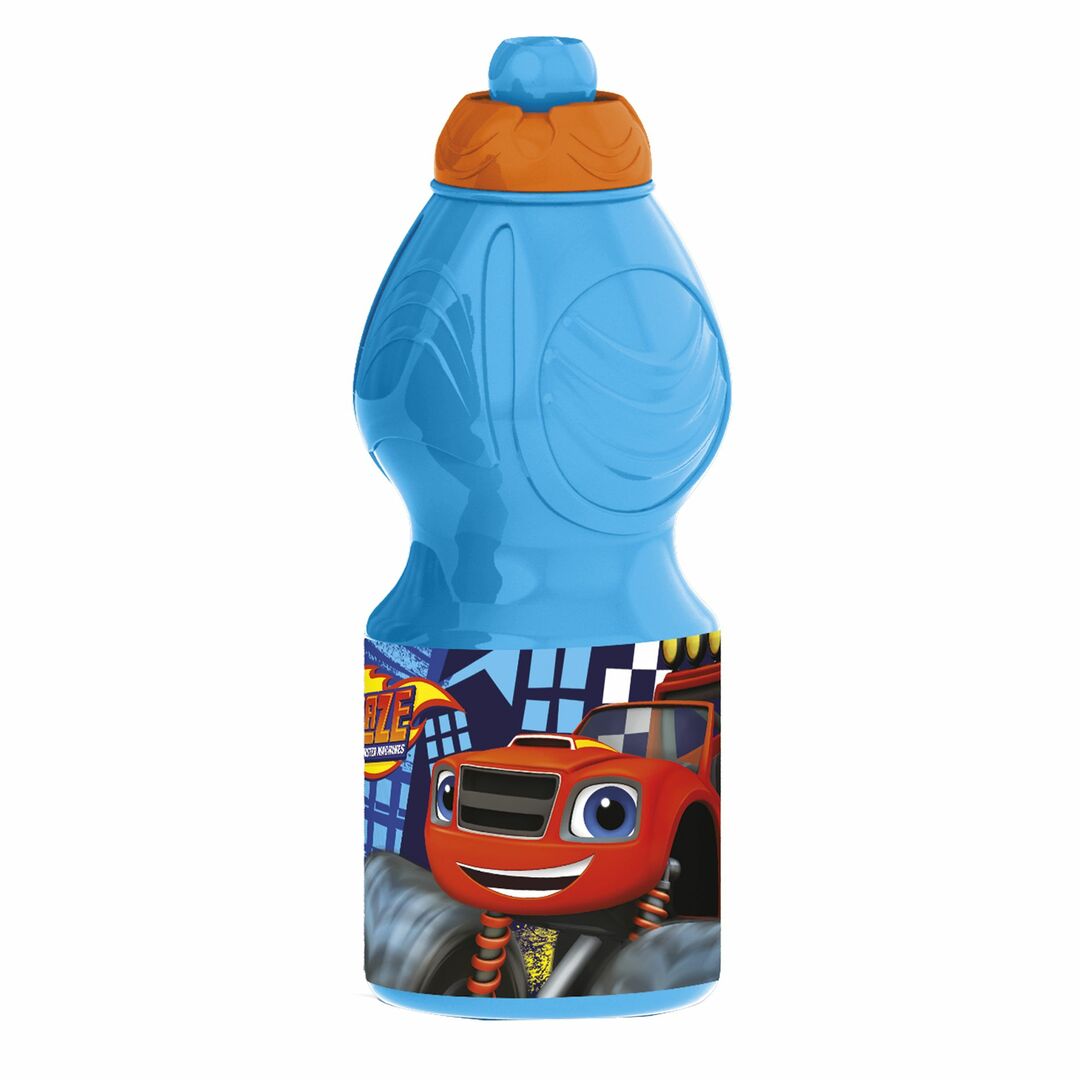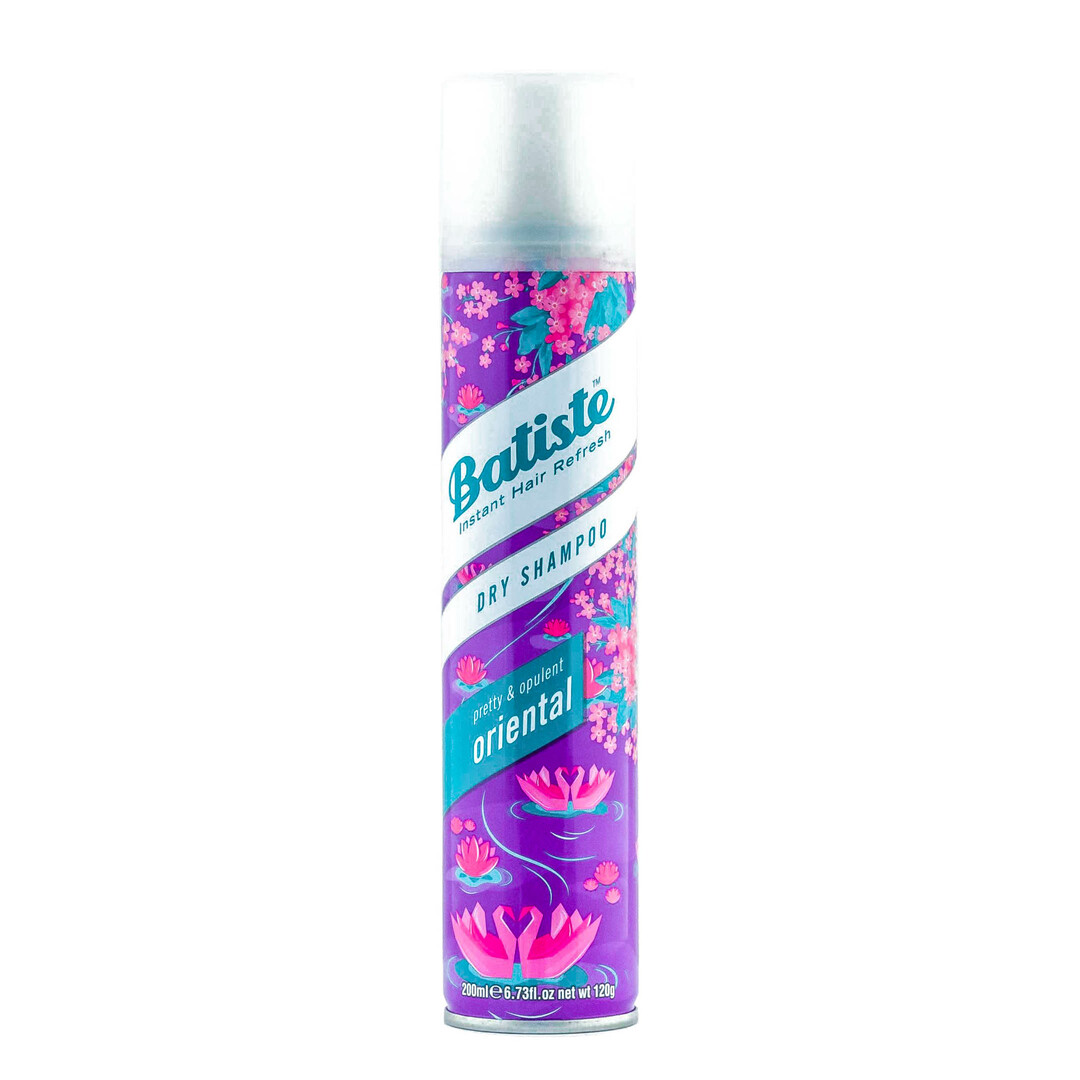Until now the signal into many TVs in our homes served by cable. Dismissive attitude towards his or her choice can have a negative impact on the image, even if it is properly installed. To avoid such troubles, enough to measure the length needed to connect. you should find out before you buy, how to choose the antenna cable.
The technical documentation of the television or the antenna cable may be designated as a coaxial (coaxial). The term describes the principle of its operation when both the conductor (center conductor and the braid) provide translation in one direction across the width of the section (the effect of "standing wave"), which reduces the radiation loss to minimum.
Content
- 1 What to look for
- 1.1 Markings on the outer coating
- 1.2 wave resistance
- 1.3 The central conductor
- 1.4 Material and braid density (wire screen)
- 1.5 quality shell
- 1.6 Diameter
- 2 The optimal choice
What to look for
The market is a wide range of cable products imported and domestically produced, different prices. Budget option increases the risk of poor-quality TV broadcasts, the choice of an expensive product is not always justified from a technical point of view. Performance Specifications expensive cable may not be much higher than the average analog value. Much more important is to learn the basic technical parameters of the proposed purchase:
- impedance and attenuation,
- the material of the central core,
- composition and density of the braid,
- shell quality,
- diameter.
Markings on the outer coating
Many of these criteria can be identified by the information contained in the shell. She applied for every meter, and its presence is a must. According to the standard data specified in the following order:
- manufacturer,
- Brand alphanumeric designation,
- number of strands of the conductor screen,
- quality,
- characteristic impedance,
- Footage.
In the shell, it can look as follows: CABLETECH RG-6U / 48 HIGH QUALITY COAXIAL CABLE 75 OHM 0.66 M. More detailed information can be obtained from the technical documentation that came with the cable.
wave resistance
Any television device used in the home, is designed for 75-ohm characteristic impedance. Matching impedance should have acquired the TV cable. If this rate is above, the broadcast quality considerably deteriorates or it would be unsuitable for transmitting a television signal. Along with resistance is an important characteristic of attenuation at the appropriate frequency and length. The less will be the rate, the better the TV broadcast.

The central conductor
Direct influence on signal has conductor material. Manufacturers use for its manufacture copper, steel or tin-plated copper. The preferred option would be a copper conductor, which is guaranteed to provide excellent reception, but more expensive. Lower price is a steel wire, but broadcasting will probably be no better. Conductor material is easily identified by the slice at the iron core it is silver.
On the television image and the distance of its broadcasts affects the thickness of the veins. The larger diameter is denoted minimal resistance, and thus large transmission distance without jamming and buckling. The flip side thickening is reduced flexibility.
To connect the antenna commonly use a single cable. If you expect a large number of bends in the horizontal and vertical, it is possible to take advantage of multi-core with greater flexibility and resistance to metal fatigue. Thus the signal quality can suffer.
Material and braid density (wire screen)
The best material for its production is copper. It is most effective for the signal protection against external electromagnetic interference. The next important factor is the amount of fine hair braided, intertwined in a certain way. The larger the number, the less external noise passes design and better television coverage. The maximum number of such live braided may be up to 100.
A sign of quality products is to have a screen made of aluminum foil, a braid. It protects the conductors from mutual interference and of internal interference. The technical documentation efficiency conductor screen is referred to as immunity. For good antenna cables it must be at least 80%.
quality shell
The outer shell is usually made of flexible plastic and protects the internal structure from being damaged. The insulation should be whole, resilience, moderately elastic, that would allow flexure without damage to the outer layer. Check it easy, try to knock over enough skin and nail if there is at least a small detachment of insulation, the product is better set aside.
Diameter
The shop you can buy products of different thicknesses. The value of this parameter directly influences the permissible bending radius. Cable with a diameter of 6 mm generally has a bend 70 mm, its counterparts smaller diameter with a smaller bend radius. This figure should be considered when laying the perimeter too complicated, with a lot of bends and narrow openings. But for the wiring from the antenna to the TV standard conditions recommended thickness of not less than 6 mm. It is better suited for connection with standard plug and socket, and the styling is not much harder than working with thinner counterpart.
The optimal choice
| criteria | Characteristics | Verify |
|---|---|---|
| Resistance (OM) | 75 | documentation |
| Attenuation (at the same frequency and length) | lowest | documentation |
| the central core | copper | on the falling edge, visually |
| screening | aluminum foil and a copper coil with a large number of "hairs" | on the falling edge, visually |
| shell | resistant to mechanical damage and bending | physical treatment |
| Diameter | not less than 6 mm | visually, documentation |



